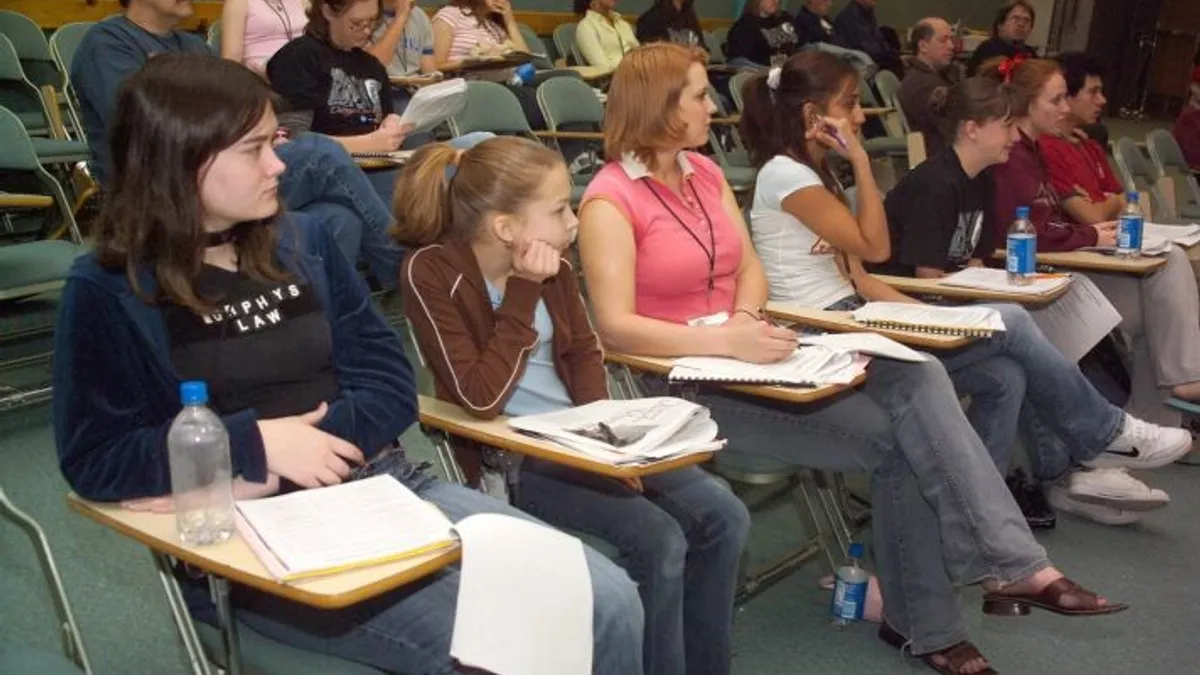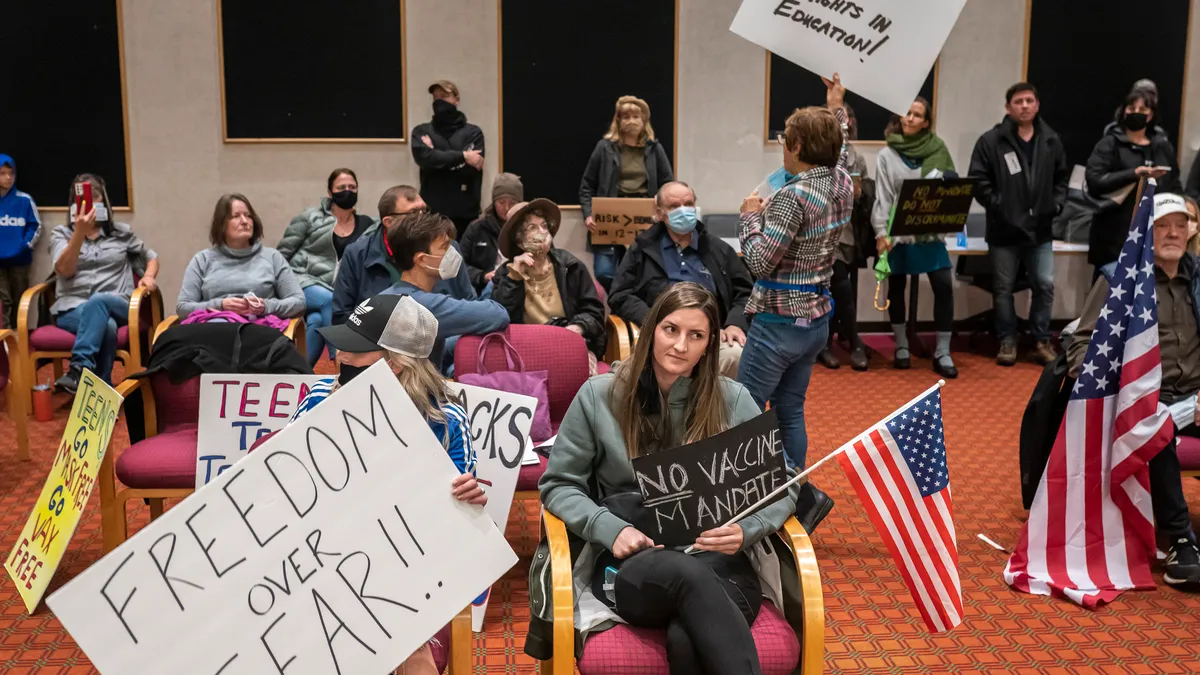Dive Brief:
- Research is mixed as to the benefits of random drug testing in schools, but about 27% of high schools randomly drug test some of their students, including those who participate in athletics or other extra-curricular activities, or even those who apply to park on school grounds.
- District Administration reports most districts contract with a local vendor to test a random sample of students for a variety of drugs including marijuana, cocaine and opiates, and Massachusetts schools will soon have to verbally screen every student in grades seven and 10 twice per year, keeping their answers confidential unless students need to be referred to some sort of treatment.
- The American Academy of Pediatrics does not endorse school drug testing, arguing it ignores the root causes of addiction and overdoses and does not contribute to long-term prevention — schools might better spend their money on substance abuse education and counseling instead.
Dive Insight:
Schools have seen the consequences of an opioid epidemic and have taken different paths to addressing it. In New Hampshire, which is among those states most affected by opioid abuse, Berlin Public Schools has turned to home visiting as a way to engage parents in their children’s education, and they have sought out community partnerships to tackle the problem from multiple angles. It has also stocked the opioid overdose antidote Naloxone in its nurse’s office.
Prevention efforts are key in this fight. Many schools are overwhelmed by their students’ nonacademic needs, but incorporating drug and addiction awareness lessons into mandatory health and physical education classes can make a difference. Like in Berlin, community partnerships can help ensure schools are not the only ones addressing the problem.













